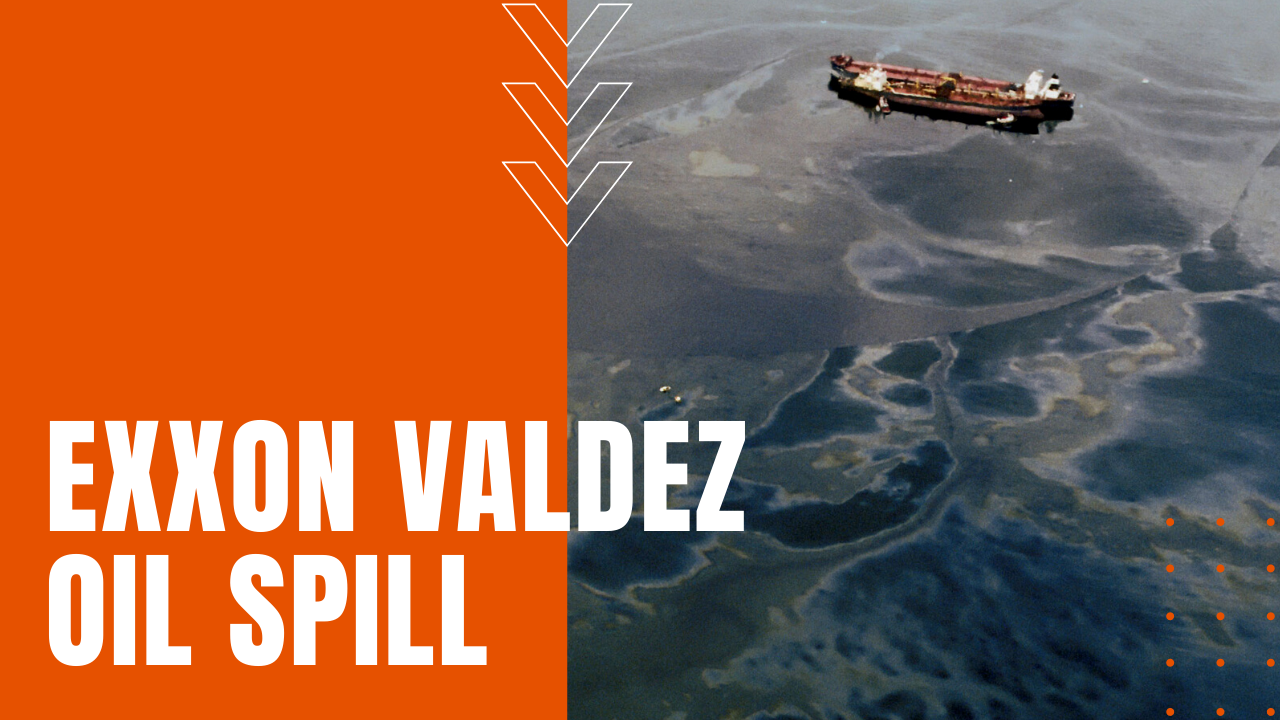Exxon Valdez Oil Spill

When Did the Exxon Valdez Oil Spill Happen?
On the evening of March 23rd, 1989, the supertanker Exxon Valdez left Valdez Alaska with 53 million gallons of Prudhoe Bay crude oil onboard, colliding into the well-known navigational hazard of Bligh Reef in Alaska’s pristine Prince William Sound.
When the ship’s hull was pierced, 11 million gallons of crude oil poured into the water, eventually spreading out over 1,300 miles of coastline. Investigators soon discovered that the ship’s captain, Joseph Hazelwood, had been drinking at the time of the collision, passing the helm to an unlicensed third mate, who unwittingly caused the worst oil spill in U.S. history, until the Deepwater Horizon oil spill of 2010.
Exxon Valdez Oil Spill Facts
In the months that followed the disaster, Exxon employees, federal responders and more than 11,000 Alaskan residents worked to clean up the spill, skimming oil from surface waters while spraying oil dispersant chemicals on crude-laden beaches, but not before wildlife paid a heavy toll for the manmade destruction of their ecosystem, eventually killing an estimated 250,000 sea birds, 3,000 otters, 300 seals, 250 bald eagles and 22 killer whales.
The oil spill also collapsed the salmon and herring fisheries in Prince William Sound, bankrupting fishermen and local economies with losses estimated at $2.8 billion dollars. To this day, stocks of herring have never fully recovered, while shoreline stocks of mussels, barnacles and various seaweeds took four years to return to pre-disaster levels.
Oil Pollution Act
After the Exxon Valdez oil spill, Congress and President George H.W. Bush passed the Oil Pollution Act of 1990, which increased penalties for oil companies and shippers responsible for oil spills, while mandating that all oil tankers operating in American waters be double-hulled, which proponents believe could have stopped the disaster of the single-hulled Valdez tanker.
As for the fate of the Exxon Valdez, after the supertanker was repaired, the ship was sold and renamed four times before being sold for scrap to an Indian company in 2012, making the Exxon Valdez oil spill, one of the most destructive and costly manmade disasters in the history of maritime trade.
